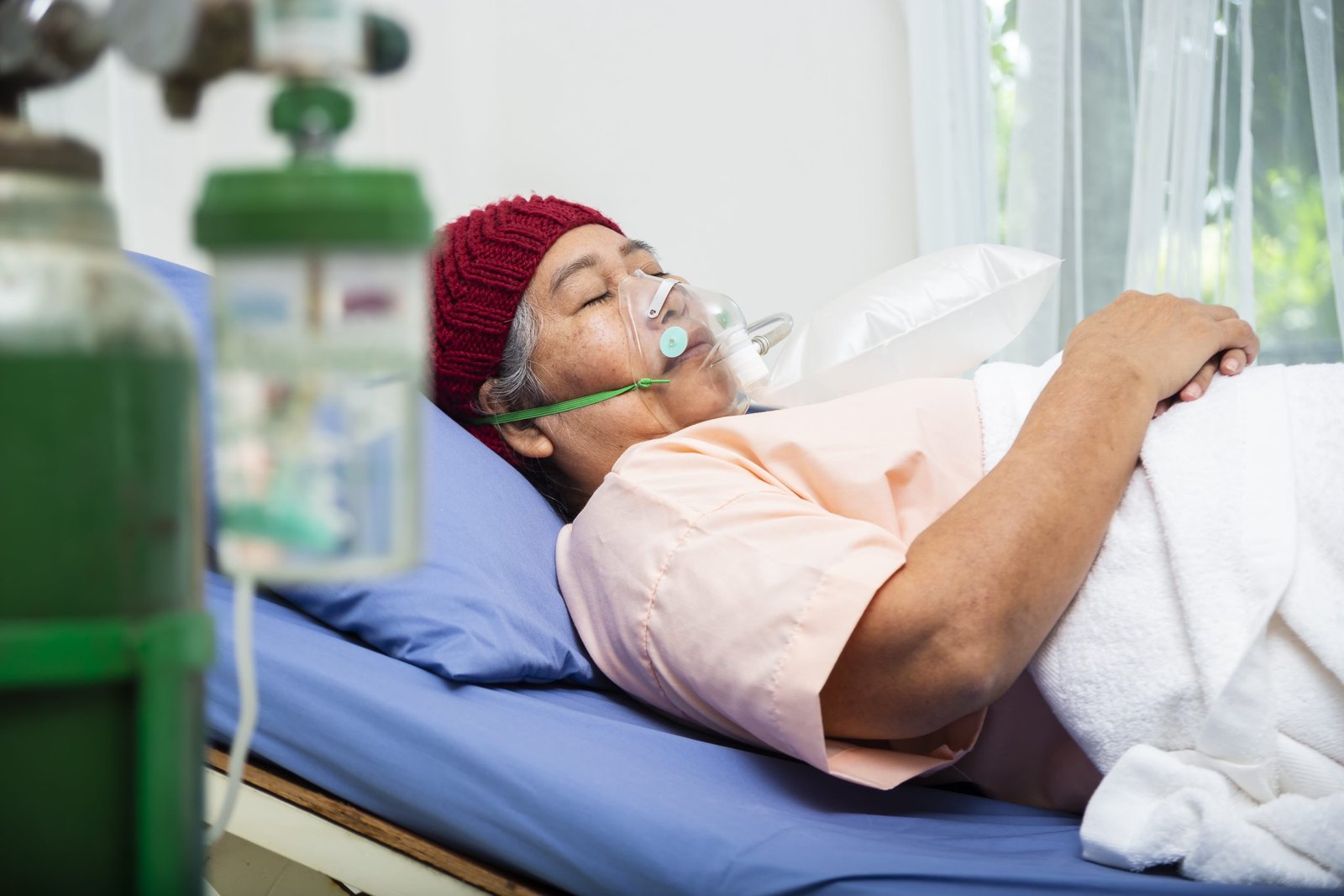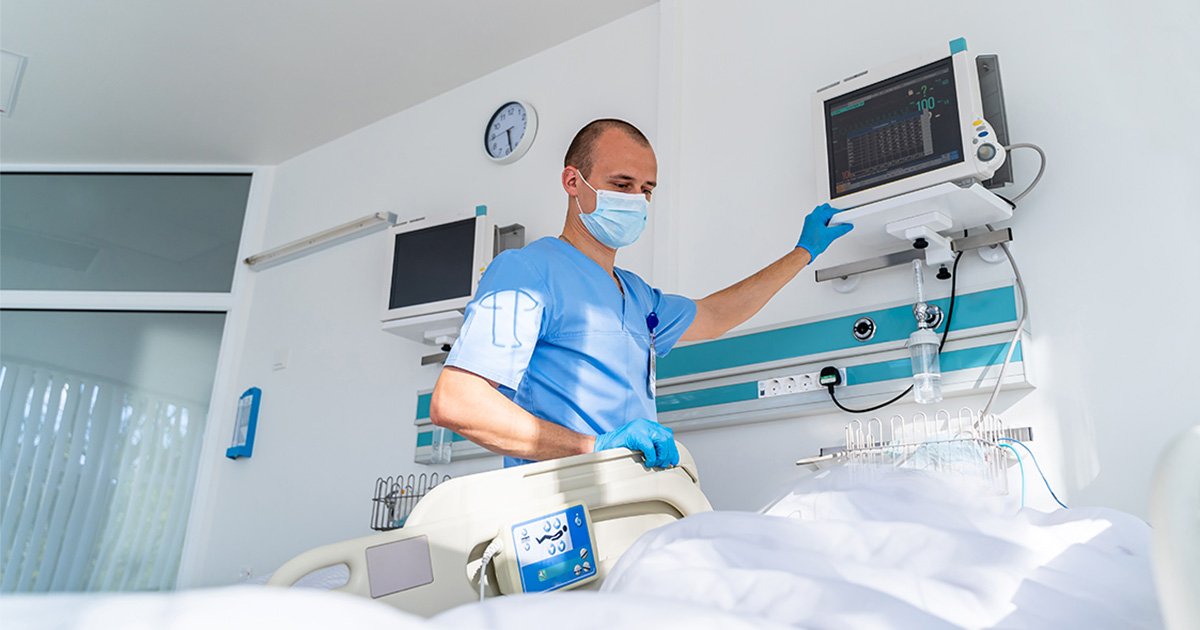Critical illness often requires specialized care and close monitoring. ICU care protocols for critical illness are designed to provide the highest level of support for patients facing severe health conditions. These protocols guide medical teams in delivering the right treatment, managing complications, and ensuring the best possible recovery for critically ill patients. In this article, we will discuss the importance of these protocols and the key components involved in managing patients in the ICU.

1. Initial Assessment and Stabilization
The first step in ICU care protocols for critical illness is a thorough assessment of the patient’s condition. Upon arrival, ICU staff work quickly to stabilize the patient and address immediate life-threatening issues.
- Airway management: Ensuring that the patient can breathe is the priority. If necessary, a ventilator or intubation is used to assist with breathing.
- Monitoring vital signs: Continuous monitoring of heart rate, blood pressure, oxygen levels, and temperature helps determine the severity of the patient’s condition and guides treatment.
- Blood tests and imaging: Diagnostic tests, including blood work and imaging (such as X-rays or CT scans), are conducted to understand the underlying cause of the critical illness.
Stabilizing the patient ensures they are in a safer state before more specific treatment can begin.
2. Managing Respiratory Function
In many cases of critical illness, patients may experience difficulty breathing or require assistance to maintain oxygen levels. One of the key components of ICU care protocols for critical illness is managing respiratory function.
- Mechanical ventilation: If the patient is unable to breathe on their own, a ventilator is used to deliver oxygen and assist with breathing.
- Oxygen therapy: For patients with low oxygen levels, supplemental oxygen is provided through a mask, nasal cannula, or ventilator.
- Positioning: Sometimes, the position of the patient’s body is adjusted to improve lung function and help with breathing.
These measures ensure that patients receive the oxygen they need, which is crucial for organ function and recovery.
3. Fluid and Electrolyte Balance
Maintaining a proper fluid and electrolyte balance is essential for critically ill patients. ICU care protocols for critical illness include careful management of fluids, as imbalances can lead to further complications.
- Intravenous fluids: IV fluids are administered to keep the patient hydrated and support circulation. The type and amount of fluids depend on the patient’s condition, including any blood loss or dehydration.
- Electrolyte monitoring: Electrolyte levels, such as potassium, sodium, and calcium, are carefully monitored. These minerals are vital for heart function and muscle contractions.
- Diuretics: If the patient is retaining excess fluid, medications may be given to help the body eliminate it through urine.
Balancing fluids and electrolytes helps prevent complications like heart arrhythmias or organ failure.
4. Medication Administration
ICU care protocols for critical illness involve the precise administration of medications to manage symptoms, treat underlying conditions, and prevent complications.
- Pain management: Critical illness is often accompanied by severe pain. Pain relief medications, including opioids or other analgesics, are given to ensure comfort.
- Antibiotics: If an infection is suspected or detected, antibiotics or antifungal medications are administered to treat it and prevent further damage.
- Sedatives and paralytics: In some cases, sedatives or paralytic agents may be used to keep patients calm or to assist with ventilation.
Proper medication management is essential for keeping the patient stable and comfortable while supporting their recovery.
5. Monitoring for Complications
One of the most important aspects of ICU care protocols for critical illness is constant monitoring for complications. Critically ill patients are at a higher risk of developing additional problems, and early detection can improve outcomes.
- Infections: ICU patients are often vulnerable to infections due to invasive devices, surgery, or weakened immune systems. Staff monitor for fever, abnormal white blood cell counts, and other infection signs.
- Blood clots: Prolonged bed rest and certain conditions increase the risk of deep vein thrombosis (DVT) and pulmonary embolism. Anticoagulants may be used, and monitoring is done to prevent clot formation.
- Organ failure: Critical illness can strain organs such as the heart, kidneys, and liver. Blood tests and urine output are regularly monitored to detect early signs of organ dysfunction.
Monitoring for complications ensures timely intervention and helps prevent serious, life-threatening conditions.
6. Nutritional Support
Proper nutrition is vital for recovery, especially for critically ill patients. ICU care protocols for critical illness include strategies to provide essential nutrients during the recovery process.
- Enteral nutrition: If the patient can tolerate food, a feeding tube may be used to deliver nutrition directly to the stomach or intestines.
- Parenteral nutrition: For patients who cannot eat or digest food, nutrients are delivered intravenously.
- Calorie and protein intake: Patients need extra calories and protein to support healing, maintain muscle mass, and fight infection.
Nutritional support plays a crucial role in the overall recovery process, helping the body regain strength and supporting immune function.
7. Emotional and Psychological Care
Critically ill patients and their families may experience emotional distress. ICU care protocols for critical illness also involve addressing psychological needs to support recovery.
- Sedation and comfort: Patients in critical condition may experience anxiety or pain. Sedatives and analgesics help reduce discomfort and stress.
- Family support: ICU staff often provide emotional support to families, offering updates on the patient’s condition and involving them in decision-making.
- Post-ICU psychological care: For patients who survive a critical illness, the psychological impact can last long after discharge. Counseling or therapy may be recommended to help them cope with the trauma.
Psychological support is just as important as physical care in ensuring a full recovery.
8. Transitioning to Recovery
Once a patient’s condition improves, they are gradually transitioned out of the ICU to a regular hospital room or rehabilitation facility. ICU care protocols for critical illness ensure that the transition is as smooth as possible.
- Gradual weaning from ventilation: If a patient has been on a ventilator, the medical team will work to reduce support as the patient’s breathing improves.
- Physical therapy: As patients stabilize, physical therapy may begin to help them regain strength and mobility.
- Ongoing monitoring: Even after leaving the ICU, the patient will continue to be monitored for any signs of setbacks.
The transition from the ICU is an important step in the recovery process, and careful planning helps ensure the patient’s continued progress.
Conclusion
ICU care protocols for critical illness are designed to provide intensive, specialized care for patients in critical conditions. From managing vital signs and respiratory function to addressing complications and providing emotional support, these protocols guide medical teams in delivering comprehensive care. By following these steps, ICU staff help stabilize patients, manage their conditions, and improve their chances of recovery. These protocols are crucial for ensuring that critically ill patients receive the best possible care during their most vulnerable moments.











